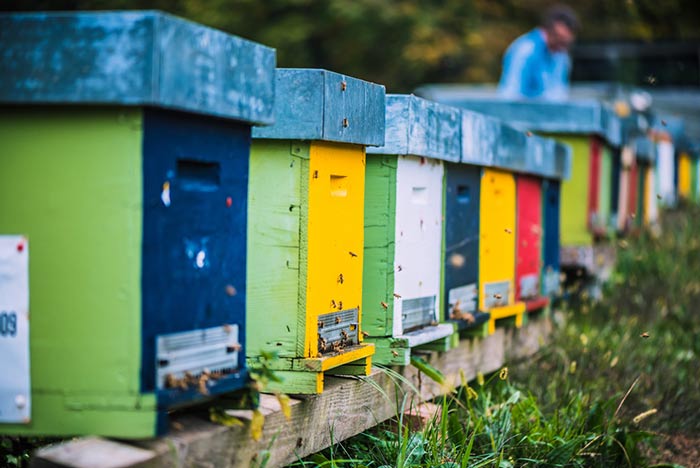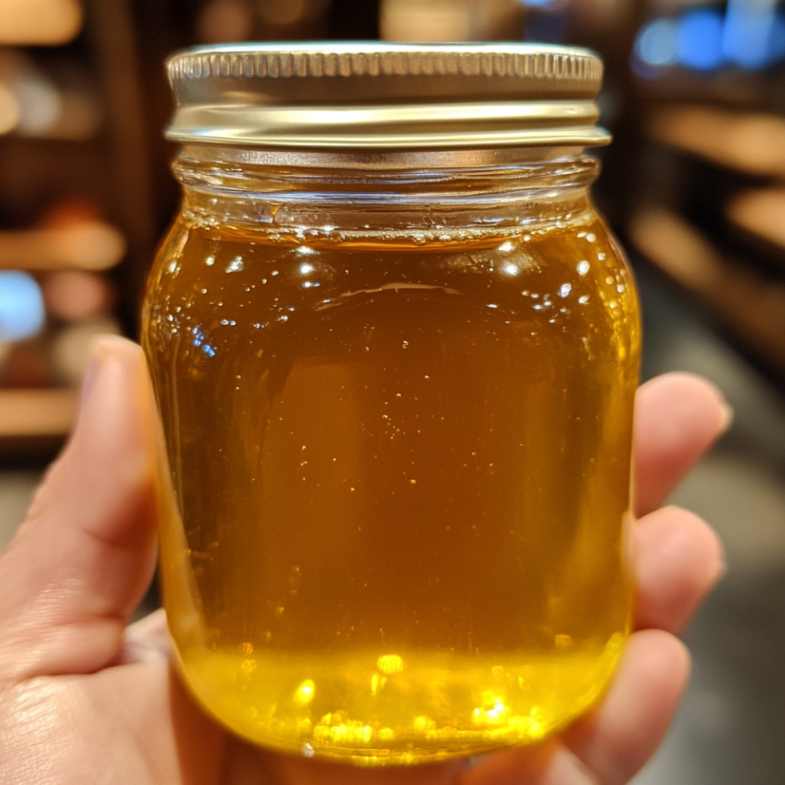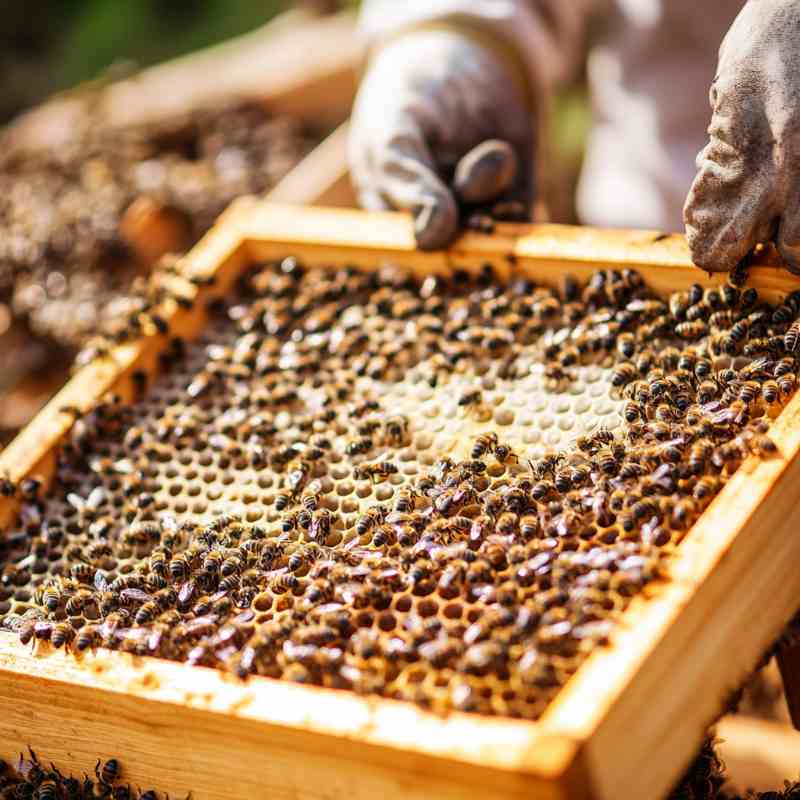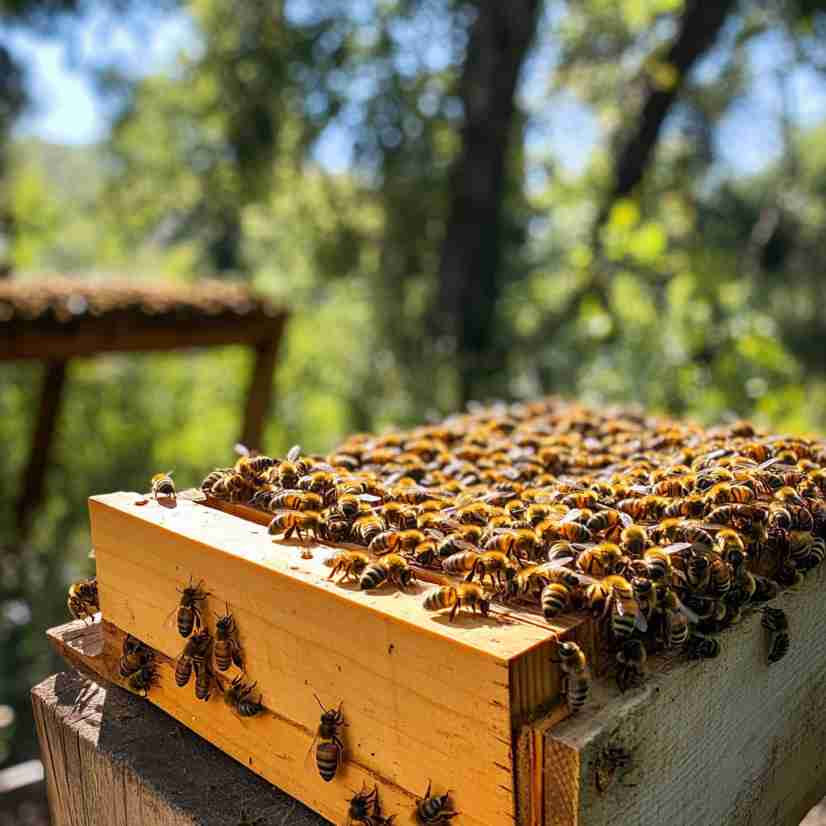How To Set Up Your First Beehive

Make sure to like Living Green and Frugally on Facebook, Shop at Amazon to help support my site and explore our PINTEREST BOARDS for innovative ways you can become self-sufficient.
Ever Dreamed of Harvesting Your Own Honey? 🍯
Imagine stepping into your backyard and hearing the gentle hum of bees working hard to produce fresh, golden honey. Beekeeping isn’t just rewarding—it’s a fantastic way to help the environment, boost garden pollination, and enjoy a sustainable source of honey!
If you’ve ever wanted to start beekeeping but didn’t know where to begin, this guide will walk you through every step of setting up your first beehive. ✅
Why Keep Bees? 🐝
Before jumping into setup, let’s talk about why beekeeping is an amazing hobby:
🔥 Fresh, Raw Honey – Say goodbye to store-bought, processed honey and hello to pure, natural sweetness.
🌿 Better Pollination – Your fruit and veggie garden will thrive with busy bees around!
🌎 Saving the Bees – Populations are declining, and your hive helps support them.
💰 Extra Income – Sell honey, beeswax, and even offer pollination services.

Step-by-Step: Setting Up Your First Beehive 🏡🐝
1. Check Local Beekeeping Laws & Regulations ⚖️
Before setting up your hive, check local regulations regarding beekeeping. Some areas may require: ✅ Registration – You might need to register your hive with local authorities. ✅ Hive Placement Rules – Some places require hives to be a certain distance from property lines. ✅ Limit on Hive Numbers – Some urban areas have restrictions on how many hives you can have. ✅ Protective Barriers – Fences or hedges may be required to control bee flight paths.
Contact your local agricultural extension office or beekeeping association for guidance. 🏛️
2. Choose the Right Hive Type 🏠
There are a few common hive styles to choose from: ✅ Langstroth Hive – Most popular; stackable boxes with removable frames. ✅ Top-Bar Hive – Horizontal design, great for natural beekeeping. ✅ Warre Hive – A hybrid between the two, designed to mimic wild hives.
For beginners, the Langstroth hive is the best choice due to its ease of use and availability of equipment.
3. Pick the Perfect Location 📍
Bees need a safe, sunny place away from strong winds. Ideal locations include:
- Near flowering plants for easy access to nectar 🌼
- A spot with partial shade to prevent overheating 🌳
- Away from high foot traffic areas (to avoid accidental stings!)
4. Get Your Beekeeping Gear 🛠️
To keep your bees happy and yourself safe, you’ll need: ✔ Bee Suit & Gloves – Protection from stings. ✔ Hive Tool – Helps open frames and scrape off excess wax. ✔ Smoker – Calms bees during inspections. ✔ Beekeeping Brush – Gently moves bees without harming them. ✔ Frames & Foundation – Where bees will build their honeycombs.
5. Order Your Bees! 🐝📦
You can buy bees from a local beekeeper or order a nucleus colony (nuc) or a package of bees with a queen. Be sure to get them in early spring for the best start! 🌸
6. Install Your Bees Into the Hive 🏠➡️🐝
- Place the queen in her cage inside the hive.
- Gently pour or release the rest of the bees into the frames.
- Leave them alone for a few days to settle in.
7. Feed & Monitor Your Bees 🍯
New bees need food to build their colony. A simple sugar syrup (1:1 ratio of sugar to water) can give them the energy boost they need! Keep an eye on them and watch for healthy activity.
8. Regular Inspections & Care 🧐
Check on your hive every 7-10 days to ensure: 🔍 The queen is laying eggs 🥚 🔍 Bees are building comb 🏗️ 🔍 No signs of disease or pests ❌🐜

Top Tips for Beekeeping Success 🚀
✅ Start with Two Hives – If one fails, you have a backup! ✅ Join a Beekeeping Club – Local groups offer amazing support and resources. ✅ Stay Calm Around Bees – Quick movements can make them defensive. ✅ Plant Bee-Friendly Flowers – More food for your buzzing friends! ✅ Harvest Honey Responsibly – Leave enough for the bees to survive winter.
Common Questions About Beekeeping 🤔🐝
1. Will I Get Stung?
Probably, but wearing protective gear and staying calm will help reduce the chances.
2. How Much Time Does Beekeeping Take?
Expect to spend 1-2 hours per week maintaining your hive.
3. Do I Need a Big Backyard?
Not at all! Even urban areas allow beekeeping, but check local regulations first.
4. When Can I Harvest Honey?
Usually in the first or second year, depending on how fast the colony grows.
5. What If My Bees Swarm?
Swarming is natural. Providing enough space in the hive can help prevent it.

Ready to Start Beekeeping? 🐝🍯
Beekeeping is an incredibly rewarding journey that connects you with nature, benefits the environment, and provides delicious honey. With the right setup and care, you’ll have a thriving hive in no time!
Are you ready to welcome bees into your backyard? Let me know in the comments!👇